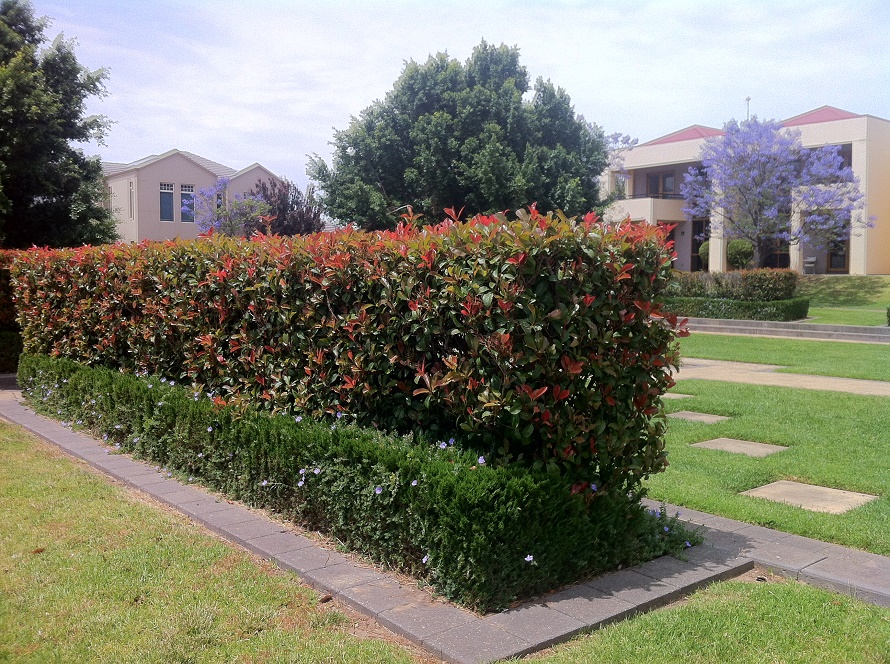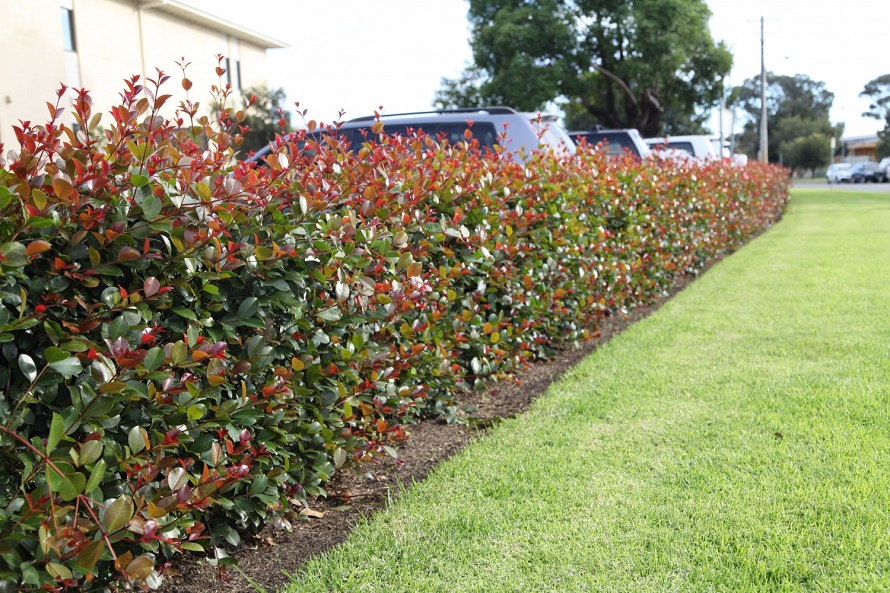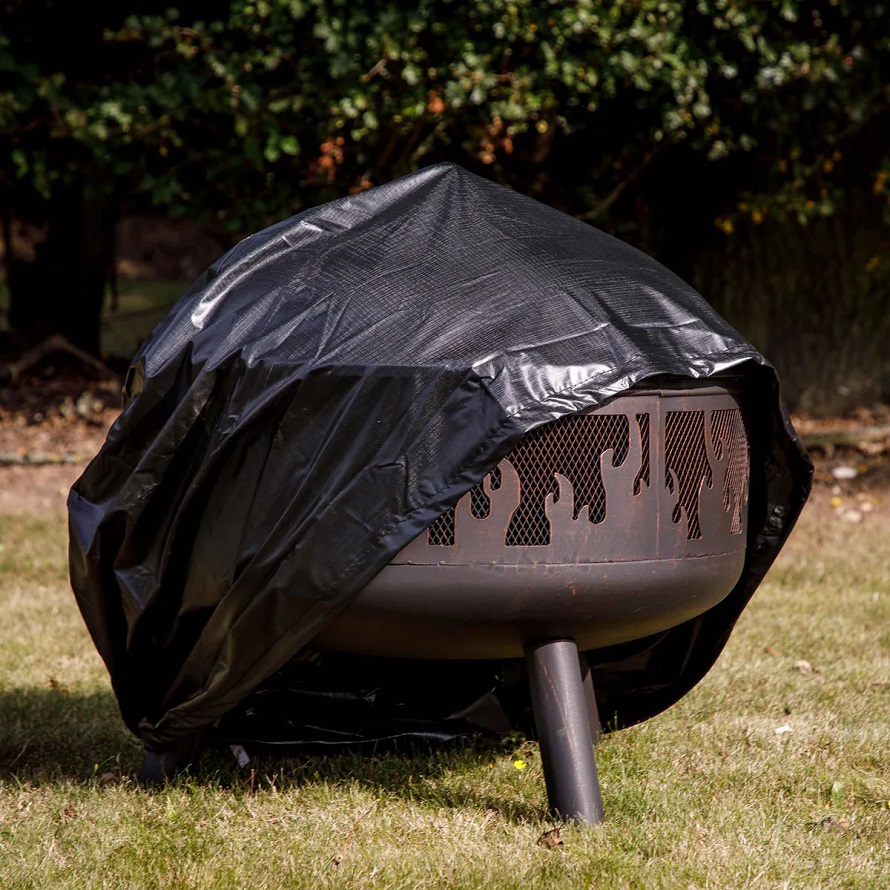Home and Garden
The Lilly Pilly – All You Need to Know About This Native Australian Hedge
The first image that comes to mind whenever someone talks about beautiful Australian yards is a nice and spacious greenery with some kind of a lilly pilly used as a hedge. Without a doubt, lilly pillies are the trademark symbol of inviting and colourful Australian homes, as these versatile shrubs and trees are native to the whole continent. Their widespread use and distinctive red berries are the reason they are nicknamed the Australian cherries.
Another common nickname for these plants is “Neighbours-be-gone” trees, as homeowners who want to add a good layer of privacy often look for a thick and fast-growing lilly pilly hedge for sale. And this plant really does grow incredibly fast – at an astounding rate of two or more meters per year. So, by this time next year, you’ll be free to roam your garden completely nude, taking into account how the hedge is known for its spectacularly dense and deep green foliage. Be careful though – if not pruned, the lilly pilly hedge can grow up to 8m.
Besides regular pruning and consistent watering, the lilly pilly hedge needs very little maintenance as it is known to be very resilient. It does not have problems growing in humid areas and air rich in salt, which is the reason why this hedge is so popular in the coastal areas. And unlike many garden hedges, the lilly pilly can be quite drought-tolerant and thrive similarly well in both full sun and in semi-shade.

Unfortunately, like most plants, even the tough lilly pilly can fall victim to a couple of diseases and pests. The only pest that attacks the lilly pilly hedge is psyllids or pimple gal. It’s a small yellow insect that burrows itself into the leaves of the lilly pilly, creating pimple-like damage. While pimple gal infestation is not fatal for the plant, it can detract from the ornamental beauty of your hedge. If such an attack occurs, immediately spray it with a foliant. As for diseases, the most common problem is scale which can be cleaned up with white oil. But if you make sure to keep your hedge healthy and well fed, it’s less likely to experience these issues.
A good way to maximize the growth of your lilly pilly hedge and make sure it stays healthy is to fertilize it properly. It’s advisable to do so during the spring, summer, and autumn months and to use organic fertilizers like manure or compost. Additionally, you can also feed the plant with small doses of eco-seaweed and eco-aminogrow every 2-4 weeks to increase its resilience against pests and diseases.
All things considered, purchasing a lilly pilly hedge for sale is a great way to enhance the beauty of your garden and at the same time increase the privacy of your property.








